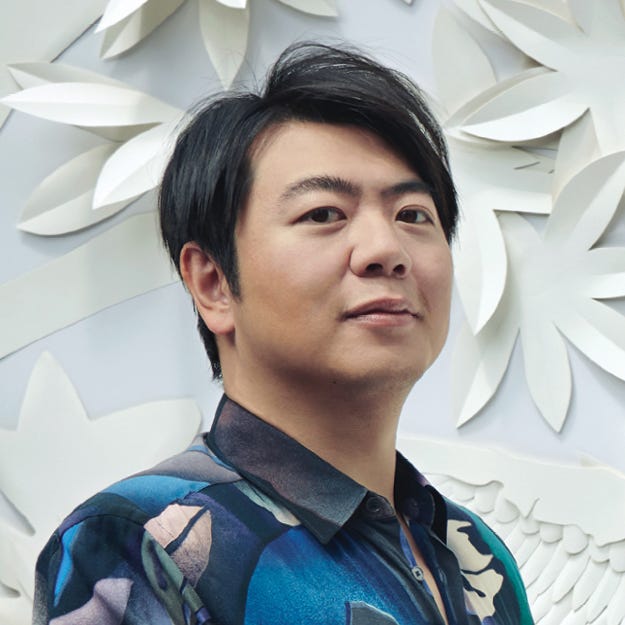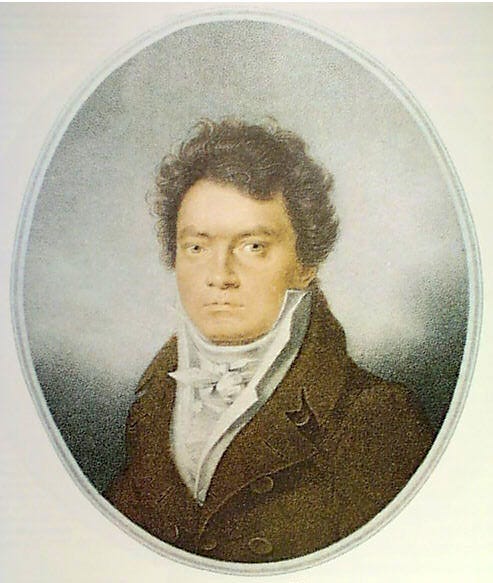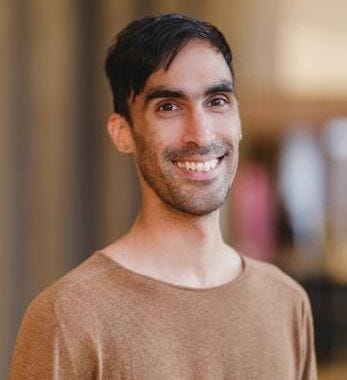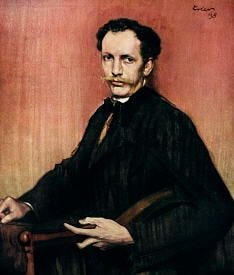Two concerts in the same week, one post.
On September 29, a packed house enjoyed Lang Lang (b. 1982) give a brilliant rendition of Beethoven’s 5th Piano Concerto (“Emperor,” Op. 73; 1809).1 Subtle and delicate, forceful and passionate, he displayed it all.


Before that, the Orchestra played Beethoven’s Seventh Symphony (Op. 92; 1812).2 As Richard Wagner noted,3 it’s a work that is meant to spread joy. Even the second movement, a funeral march, is an Allegretto ! I was especially taken by the fourth movement (Allegro con brio), a spirited dance that ends in a frenzy (unusually marked as to be played fortississimo).
Beethoven’s optimism was validated, despite this also being the period when his crush on Antonie Brentano came to an end.4 As the program notes inform, in 1814 the symphony received a public performance where, to great acclaim, also his famous “battle symphony,” Wellington’s Victory, was played. “These years were a high point for Beethoven in terms of his fame and popular acclaim in Viennese cultural life.“
Alexander Shelley, conducting without a score, led the reduced-size orchestra5 in as crisp a performance as I’ve ever heard it.
Supporting Lang Lang as well was perfectly executed. After a somewhat disappointing Tosca to open the concert season, with this performance maestro Shelley has proven that in his eleven years at the helm (now his last) he has honed the orchestra to a fine instrument, recalling the days of Mario Bernardi. He will be missed.
My review of this concert was published on Apt613 here.
On October 2, NACO presented a special guest, Gabriel Dharmoo, who performed in his own Wanmansho,6 a piece for voice and orchestra. It was created in 2017 for baritone and a chamber group7 but this year NACO commissioned the orchestral version. Witnessing it was a unique experience. From NACO’s promotional text: “As he invites us to witness sacred rites depicting two mythological figures, Shreu and Djonr, Dharmoo embodies the spirit of Wanmansho while pushing the boundaries of symphonic storytelling.”
I have found no other references to “the Shreu and Djonr myth” (quoting from the program notes) so must assume that this myth has sprung wholly from Dharmoo’s imagination. There are nine sections and through them all the voice makes a wide range of sounds, high and low (sometimes appearing to be words, apparently in a language of Dharmoo’s own making) and interacts with the orchestra in a highly rhythmic, always mesmerizing fashion.
Dharmoo is a unique artist. Watch this video, this one, or this one, to get a sense of the range of his imagination. He earned a “PhD in research creation” from Concordia University — an “Individualized Program with Sandeep Bhagwati (Music), Noah Drew (Theatre) and David Howes (Anthropology).”8



Following this dazzling event, we heard Ein Heldenleben,9 Richard Strauss’ last tone poem (Op. 40; 1897-98).10 It demands a huge orchestra and NACO met the challenge: With 47 additional musicians, it almost doubled in size! The hero in question is Strauss himself (at that point only 34 years old). It consists of six sections, played continuously and described in some detail in the program notes. His critics and his wife make instrumental appearances; in “The Hero’s Works of Peace” he quotes from his earlier tone poems.

While I’m a great fan of Strauss’ music, this one came across to me as rather chaotic, as if he wanted to say too much in too little time, even though the piece lasts 46 minutes.11
Here is one performance of several available on the internet, by the PKF Prague Philharmonia conducted by Lukas Klansky and Johanna Hanikova at the piano, recorded live on 15.3.2019 in the Bohuslav Martinu Hall, Lichtenstein Palace, Prague.
I hang on to an undated Westminster LP (WST 14036) with the Vienna State Opera Orchestra conduction by Armando Aliberti (1913-1962) and Jacob Lateiner (1928-2010) as the soloist; it is listed here and available for C$7.42.
Here is Bernard Haitink and the Royal Concertgebouw Orchestra performing the symphony in 2009. There are many others.
Widely quoted, including in the notes to the Haitink performance: “Here every impetuosity, every longing and ranting of the heart becomes a blissful exuberance of joy.“ Not everyone agreed: “Clara Schumann’s father, Friedrich Wieck, thought that “this symphony – particularly the first and the last movements – could only have been written in a state of inebriation”“ (ditto).
I stumble upon an article by Joseph Kerman in the New York Review of Books of February 27, 2003, reviewing Beethoven: The Music and the Life, by Lewis Lockwood (Norton, 604 pp.) It appears to be well established now that Antonie Brentano was the addressee in Beethoven’s famous Immortal Beloved 1812 letter (which was never sent).
It is scored for just two horns, no trombones, two oboes, two bassoons, two clarinets (but only Kimball Sykes was on stage), no percussion except timpani, and a full complement of strings. Concert master Yosuke Kawasaki was on leave, replaced by Jessica Linnebach.
Take-off from “one-man show”?
One can hear the chamber version on the Redshift platform here. On October 2, Dharmoo and the orchestra were fully miked so I suspect the orchestral version will become available at some point. A recording during the pandemic of another Dharmoo piece with NACO, Ninaivanjali, is here. NACO musicians collaborated with Dharmoo on a CD released in 2024, Vestiges d’une fable. On this page is a video where Dharmoo talks about its music and how it evolved from his original “Indian” style.
Quoted from a 2021 release of Wanmansho on the Redshift web site.
Many versions are available on the internet. Here is one by the Orchestre de Paris, conducted by Daniel Harding in 2024. The sections are indexed.
We heard several of Strauss’ tone poems by NACO in previous seasons: Don Juan and Tod und Verklärung in November 2023, Till Eulenspiegel in January 2025 and Also sprach Zarathustra in June 2025.
The work remains controversial to this date. The American critic and composer Otto Floersheim, wrote: “[t]he climax of everything that is ugly, cacophonous, blatant and erratic, the most perverse music I ever heard in all my life, is reached in the chapter ‘The Hero’s Battlefield’. The man who wrote this outrageously hideous noise, no longer deserving of the word music, is either a lunatic, or he is rapidly approaching idiocy.“ (Source: Wikipedia)
